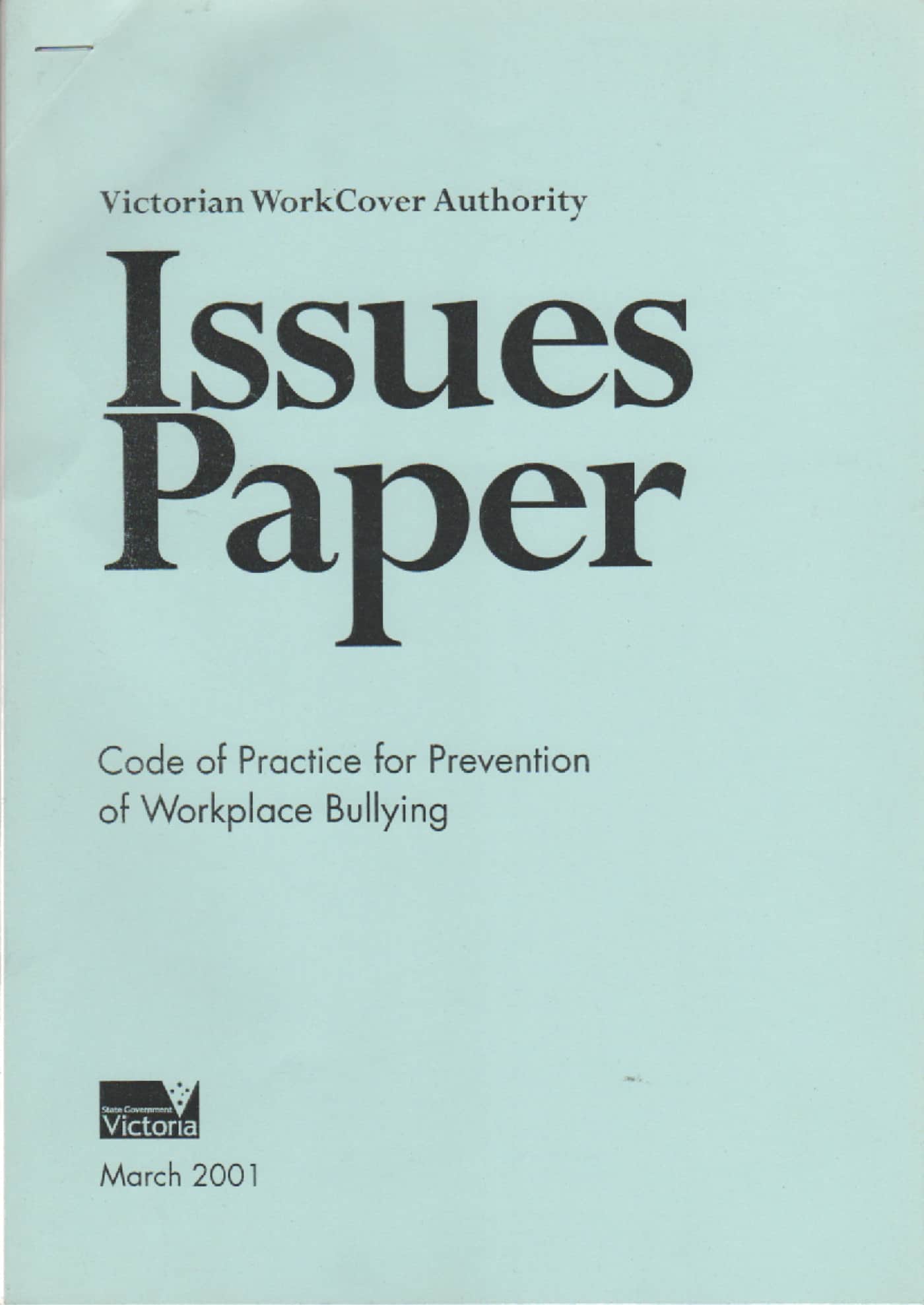Recently, the issue of Safe Work Method Statements was discussed at a construction safety conference in Canberra. SafetyAtWorkBlog reported that:
“Several delegates stated their belief that the Office of the Federal Safety Commissioner (OFSC) is largely to blame for the over-emphasis on SWMS in the construction sector and for the bloating of SWMS into a document that does little to improve safety and is more related to meeting the audit criteria of the OFSC”
Last week, the Office of the Federal Safety Commission (OFSC) removed the webpage that led to its Fact Sheet – Guidance for producing Safe Work Method Statements. The webpage now says that
“The Guidance for producing Safe Work Method Statements (SWMS) Fact Sheet is currently under review.”
What’s going on? Continue reading “Federal Safety Commissioner begins review of SWMS info”


